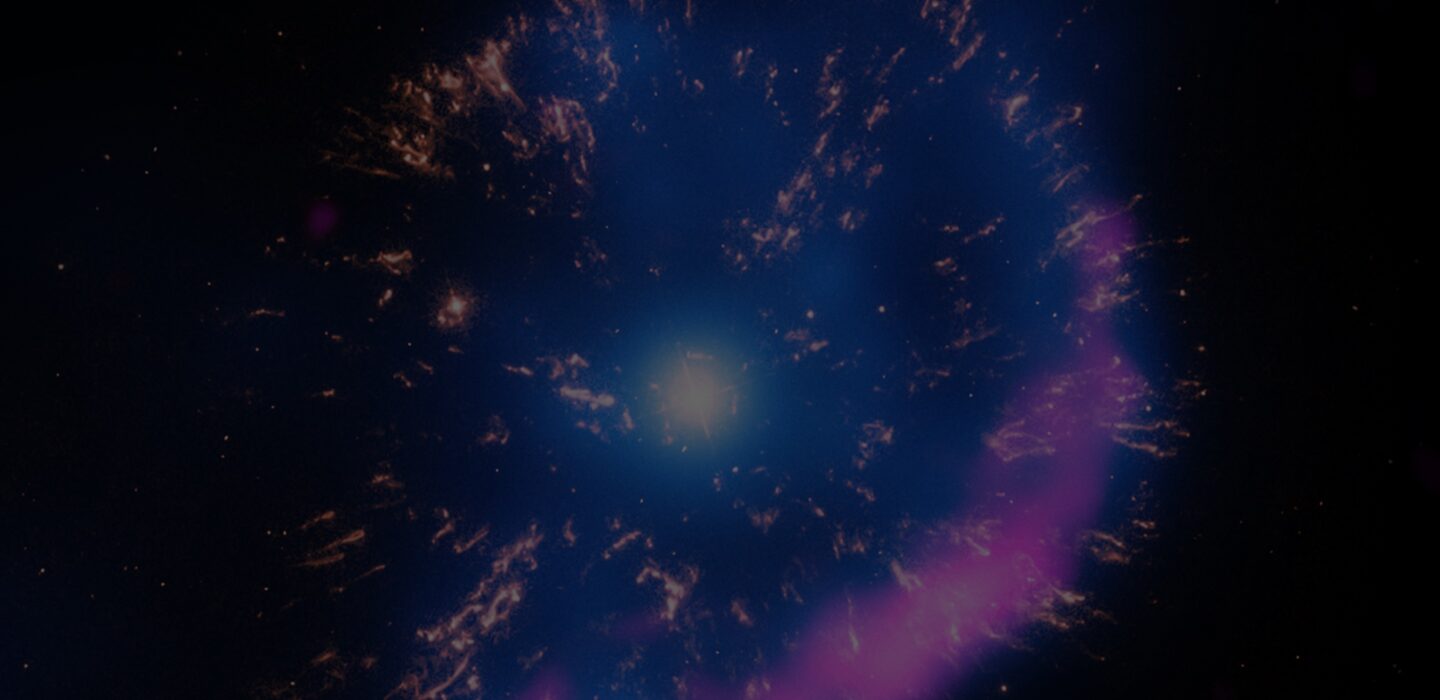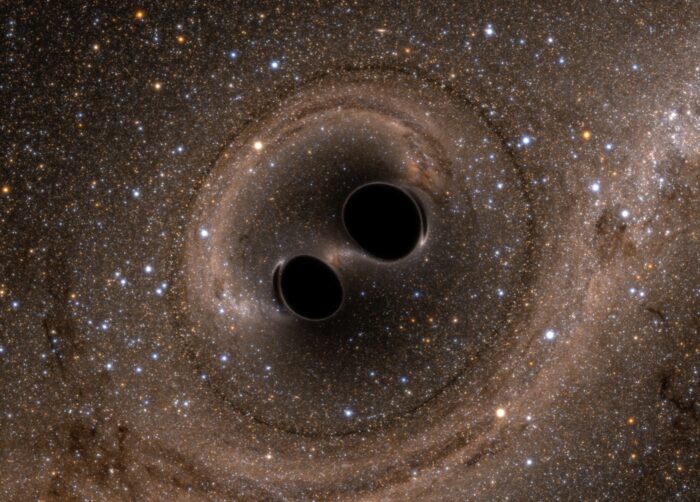Strong Gravity

Gravity is the weakest of the fundamental forces of nature, but nonetheless plays a critically important role in shaping the formation and evolution of the universe.
Einstein’s general theory of relativity was originally introduced in order to reconcile Newton’s gravity with the principles of special relativity, and was quickly found to explain discrepancies in the observed motion of Mercury in our solar system. It was not obvious that this theory, which works so well explaining motions that are relatively slow (Mercury’s orbital speed of about 48 km/sec, though fast on human scales, is still far slower than the speed of light) would work when describing extreme objects such as black holes and neutron stars, or that it would describe what we observe on very long scales, extending to the entire observable universe.
And yet, remarkably, all of the astrophysical and cosmological data on hand agree with general relativity. However, it is still possible that general relativity breaks in a regime where the field and energy are extreme. Gravitational waves emitted by compact objects – black holes, neutron stars, white dwarfs – are generated in regions of spacetime where spacetime curvature is large, and departures from Einstein’s theory might become apparent.
MIT and MKI are involved with both the Laser Interferometer Gravitational-Wave Observatory (LIGO) and Laser Interferometer Space Observatory (LISA). LIGO is already detecting the mergers of stellar mass black holes and has provided some of the most stringent constraints on departures from general relativity to date. The space-based LISA detector will be online in the mid-2030s and is expected to detect, among other sources, extreme-mass ratio inspirals. In those systems, a small black hole orbits around a supermassive black hole, acting as a probe of its spacetime, with exquisite precision.

Two black holes merge into one
Credit: SXS, the Simulating eXtreme Spacetimes (SXS) project
Modeling gravitational waveforms for LISA
Work in Prof. Scott Hughes’s research group focuses on developing models of gravitational waveforms to study the science reach of future detectors, and (in collaboration with many other groups) to improve waveform models used in current searches and analyses by gravitational-wave detectors. Most of these efforts use the small-mass-ratio limit as a tool to develop quasi-analytic understanding of these waves. The waveform models the Hughes group develops are directly relevant to planned measurements by the space-based LISA gravitational-wave detector, and also used in collaboration with other waveform modelers as tools for improving the reach of waveform families used by ongoing gravitational-wave searches and analyses.